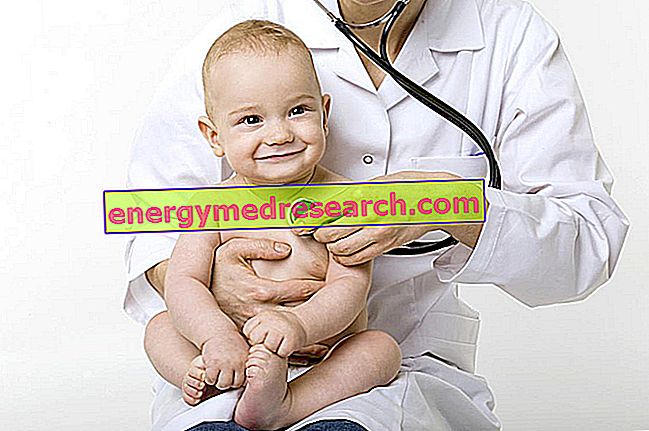Selection is the genetic factor that significantly conditions the primary sources of active principles, in particular cultivated plants and biotechnologies.
In the biotechnological field, the selection is applied to isolate those cells which then, transferred to an in vivo culture, serve to improve biotechnological productivity in terms of the production of active but also bio-transformative principles.
Selection can be considered as the most exploited genetic element in the pharmacognostic field, to improve the quality of drugs; it is an endogenous type factor, but which is independent of what is the operation of man, which fundamentally belongs also to hybridization, and to a lesser extent to polyploidy.
Some examples of genetic factors used by biotechnologies, understood as resources of active principles or bio-transformative elements, are selection and induced gene mutation; these are two biotechnological elements that are reflected, for example, in the production of an active ingredient of particular interest such as penicillin. One could also speak of hormonal molecules such as insulin, in this case of human derivation. However, how can we obtain these types of complex products, from organisms cultivated in vitro (organisms in general, not only plant cells, but also fungi and bacteria)? To determine the importance of genetic factors in biotechnology, we can consider that these, as a source of active principles, use not only plant cells but also bacteria and cells of eukaryotic organisms.
Biotechnologies are nature transported in the laboratory, and represent the human capacity to manipulate this nature at will, as it did with GMOs (Genetically Modified Organisms). A genetically modified organism is an organism that does not belong to nature, but rather to biotechnology.
The use of bacteria and micro-organisms to obtain active ingredients represents a biotechnological strategy that is particularly useful for obtaining them with a higher yield and in the shortest possible time (active principles that in nature belong to that organism, as in the case of a mold forming part of the genus Penicillium for penicillin, or active principles that in nature do not belong to that microorganism, but that become it in the biotechnological field because in its DNA is inserted a gene sequence that codes for the production of enzymes involved in the biogenesis of that active principle).
If you identify a gene sequence linked to the production of a certain active ingredient, you can take that DNA fragment and insert it, for example, into a bacterium, which has an ontogenetic cycle that is enormously faster than that of a eukaryotic organism. A bacterial culture, in fact, reaches the peak of growth within 6/8 hours; this means that at that time the organisms present within the culture medium have consumed most of the nutrients and consolidated their biological cycle, undergoing different cell divisions, thanks to a metabolism that is clearly faster than that of a plant cell ( that reaches the stationary phase after several days, sometimes even 20/30 days).
Productivity, therefore, in terms of quality and quantity, is extremely favored by a microbial culture. The transition from theory to practice is all in the ability or inability of the operator to identify, or not, particular genomic sequences, and then transfer them into bacteria or other microorganisms. The problem, in particular, lies in the difficulty of codifying the genetic code of a vegetable source and transferring it to an organism with a much faster ontogenetic cycle. However, even if this is characterized as the main goal or the most important of certain biotechnological industries in the pharmaceutical sector, many companies have developed in deepening and improving in vitro cultures of bacteria, fungi or plant cells, in order to obtain the maximum productivity by exploiting genetic factors, first of all the selection. If a Penicillium strain is grown in vitro with the aim of optimizing the production of penicillin, for example, the individuals who produce the most will gradually be selected.



